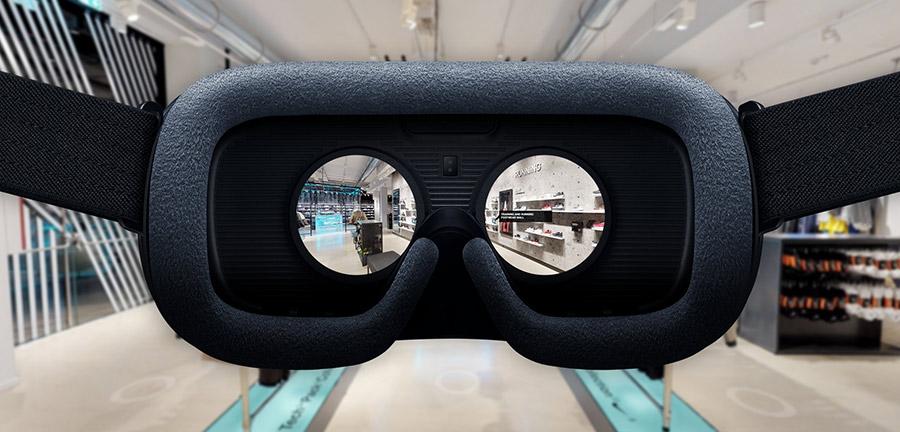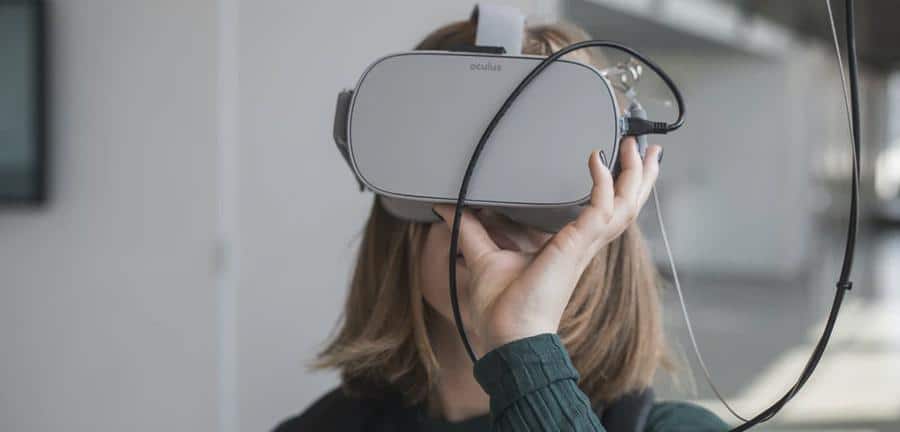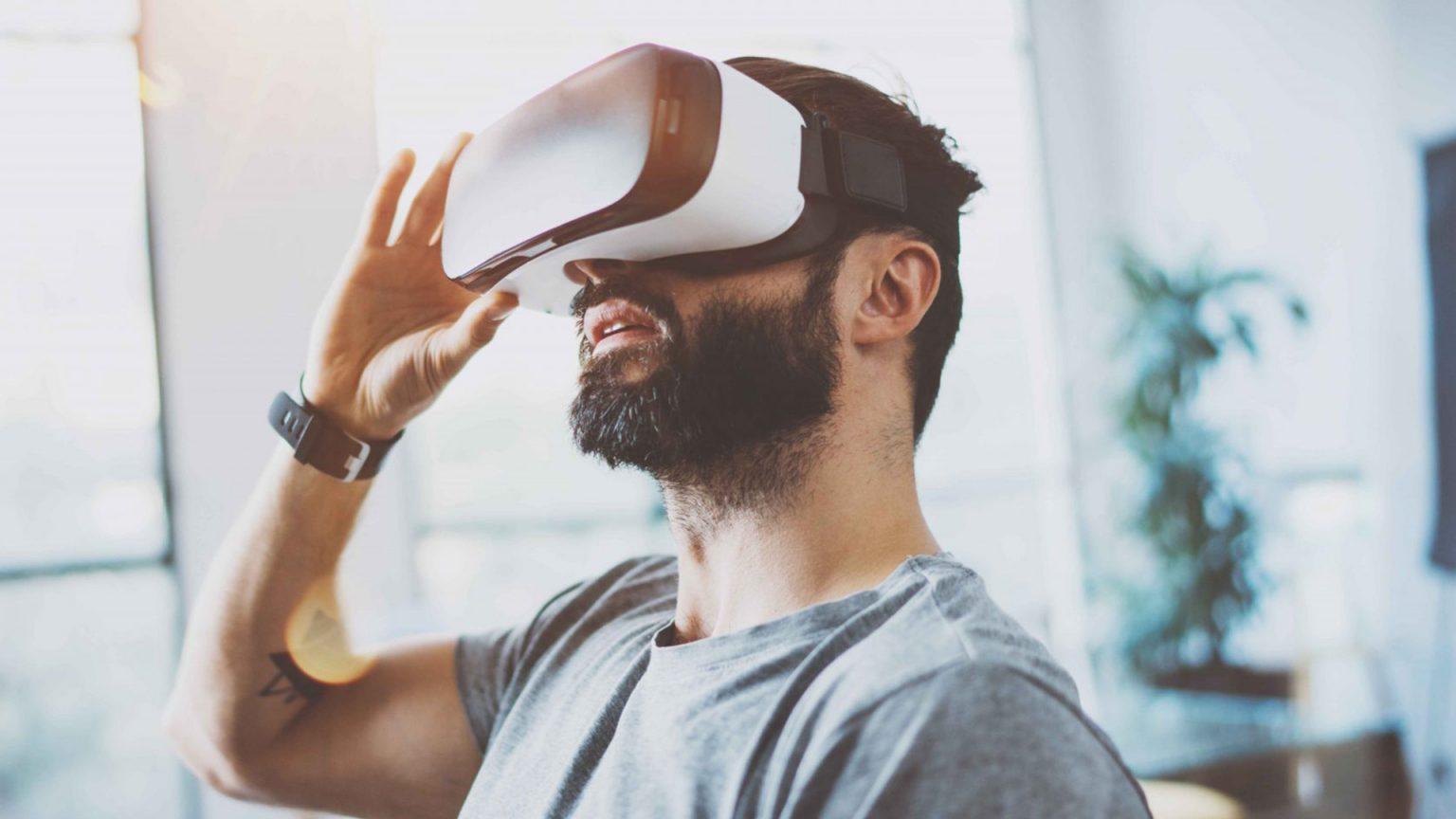eCommerce sales for online retailers have seen a tremendous spike as a result of lockdown due to the pandemic. People have been reliant on digital storefronts with the likes of Amazon being the odds on favourite for the frontrunner. But if you don’t know what eCommerce is, here’s a breakdown:
Over the years, digital storefronts have become more popular than ever before with the above example of Amazon being responsible for a whopping 45% of the UK eCommerce spending in 2019. As it stands today, these are the reported sales for Amazon:
- Each second, Amazon records £4,722
- Each minute, those sales amount to £283,000.
- And in an hour, that averages more than £17 million.
Every company with an online storefront would love to see these types of figures for their business, however, the likelihood is doubtful. So how can online retailers and businesses compete or build a sustainable business model in 2021? This is where solid branding and creative innovation come into play.
Innovation is the key to standing out from your competition in the eCommerce business. Providing unique experiences that stand out whilst being beneficial is the perfect USP from a promotional standpoint.
Virtual Reality (VR) is the new toy on the shelf, but is it a technology that is worth investing in if you’re an online retailer?
The short answer is yes! Virtual Reality is becoming more accessible to the public with plenty of headsets available on the market already. VR in its inception was seen as just another Google Glass – sales and variety of options suggest otherwise.
Virtual Reality has successfully been applied in the gaming world but VR is still in its infancy and something that should be taken seriously – especially to online sellers.
If you still don’t know what Virtual Reality is, let us explain:

What is Virtual Reality?
Virtual Reality is a simulation, allowing a person to interact with an artificial three-dimensional environment using electronic devices. These devices usually consist of goggles with a screen and gloves (or remote control) with sensors. While TV screens allow a limited 3D experience, Virtual Reality goggles can provide a complete 360-degree immersive experience.
VR glasses uses a technology known as head-tracking, which allows the user to change their field of vision as the user turns their head. So, how can Virtual Reality be used to benefit eCommerce?
Benefits of Virtual Reality in eCommerce:
There are plenty of ways in which Virtually Reality can be beneficial in an eCommerce sense for online sellers. VR allows for immersive, creative and memorable customer experiences. Allowing for a tremendous boost in conversion rates.
As everyone knows by now, social media is the king of marketing in today’s landscape. Implementing VR into social media campaigns is a goldmine for brand awareness. Showcasing Virtual Reality in your campaigns provides an instant talking point about your brand, meaning people are more likely to share these posts – allowing for more impressions and clicks.
There are plenty more ways in which VR can be beneficial to online sellers. Below are 7 reasons how it can benefit your business:
1. Users can virtually tour showrooms and stores
With VR technology, retailers can build virtual shopping experiences using the 360-degree benefit of Virtual Reality to create a full 360 virtual tour of stores. Allowing customers to visit and browse a physical store from the comfort of their own home.
2. Users can visualise products virtually
VR allows you to browse the store, all from the comfort of your own home. Being able to select each product from within the store and then browse specifications – ultimately increasing your customers shopping experience and enjoyment.
3. Greater user engagement
Attracting customers to your store is the endgame for marketers and eCommerce companies, whether it be in a physical or online sense. Using VR allows shoppers to immerse themselves in a new and unique eCommerce shopping experience. Now that headsets are available to an ever-growing consumer base, both retailers and eCommerce companies need to ensure they are in the position of being able to incorporate new and exciting technology into their day-to-day customer service offerings.
4. Boost consumer trust to visit your store
People love stories. Competition comes from having a product and/or service of a similar nature. So how are you going to stand out from your competition? Sell the story behind your product. Having a compelling narrative your audience can get behind will be the wind in which your propellers can take flight. VR is an excellent tool for providing a rich, immersive storytelling experience – and in turn, boosting the trust of your consumers. Since the world entered lockdown back in March 2019, eCommerce has seen a plethora of happy customers – and not so happy ones. For example, scalpers mass purchasing products that led family members wanting for that particular item without anywhere else to turn to as online is the only option for the time being. VR not only lets you know if an item is in stock – but you can view the product then purchase the product – knowing exactly what you ordered and what to expect.
5. Better conversion
Virtual Reality has a lower risk of losing customers and can track their buying journey. With Virtual Reality being a fairly new and exciting technology – VR implementation allows you to keep user’s attention for long periods by browsing product after product.
6. Positive retention rate
The key to high customer retention is blending unique sales propositions along with superior customer service. Should you be able to fill the gap in the market with your services or products – you are on track to receiving satisfied customers/clients that will come back to your store(s) time after time.
7. Greater customer service
Companies struggle to provide superior experiences to their buyers. Leaving customers satisfied is the key to developing a prosperous and successful business. Virtual reality provides business owners with a clear picture of how their target audience selects products and makes decisions on whether to buy a particular item or not.

How can you use VR to grow your eCommerce business?
Interest in Virtual Reality is soaring at the moment, as manufacturers are lowering the price of headsets. Making them more affordable for mass consumption. As we’ve already established, VR headsets are cool. But many VR industry insiders elude that the hardware isn’t the only place that innovation will take place. For companies figuring out how VR can be used as a driving force to bring in more revenue. Here are a few examples of how VR makes sense for a businesses brand:
1. Provide memorable experiences
If you have a product, you can use Virtual Reality to provide potential customers with real-time experience(s) on how to use your product or how it can help them. You can tailor the experience to become as interactive as your imagination can fathom. Using amazing graphics to design your store(s) that will provide a memorable experience that will convert your visitors into customers.
2. Turn advertisements into fun experiences
Every day people are attacked with a plethora of ads, with most if not all of them failing to lure customers to the websites. The only time this seems to work is if they are existing customers and find an enticing ‘% off sale’ campaign. The reason being is that these types of campaigns have started to frustrate the public.
The best way to attract attention for a campaign is to blend promotion with entertainment. With the use of Virtual Reality, brands can provide more engaging and immersive experiences with their advertising methods.
This type of marketing is still in its infancy, so should you decide to run a campaign of this style – you are likely going to be a pioneer for these campaigns.
3. VR for storytelling
Businesses fail to build a relationship with their customers because they fail to create experiences. If your company has an amazing story or there’s a story around the solutions you sell then it’s time to make your audience fall in love with the idea.
With the capabilities of VR, you can transport your potential clients/customers to your store(s) and allow them to see all of the great products/services you have on offer.
4. Show the human side
Loyalty needs to be a businesses main priority. Customers might buy from you one day but then try another brand the next. Retention rate is the key to this.
The most powerful way to do this is by showing your customers the human side of the business. Show them that you’re not just another brand trying to sell them the latest tech – rather you want to use these technologies to work as an extension of their business so you both can thrive together. This will not only show your human side but will build that foundation of trust.
5. Showcase your products
Why do people buy things? It’s because you sell products that cater to their needs. So how do your potential customers know that you have got the right solution to their problems? You need to tell them.
Marketing is all about bridging the gap between your products and your potential audience. With the use of VR, it gets even better!
Do you want to take your customers on a virtual tour of a kitchen, bedroom or bathroom showroom? Virtual Reality can make this possible.
With our eCommerce and VR package, a percentage of visitors will be navigating through your VR tour directly to a product page, this interactive user experience hugely boosts chances of a conversion and overall product engagement.
It’s our job at Weignyte to create a seamless user journey that will help maximise conversions and deliver an eCommerce experience that visitors find intuitive and rewarding. Resulting in an awesome website that does not just look good, but converts into sales. Merging VR and eCommerce will put you ahead of the competition.
Conclusion
Virtual Reality is part of a growing number of technologies. However, the potential of this tech is truly endless. Will you be ready to incorporate VR into your marketing strategies, or will you be left playing catch up in the years to come?




